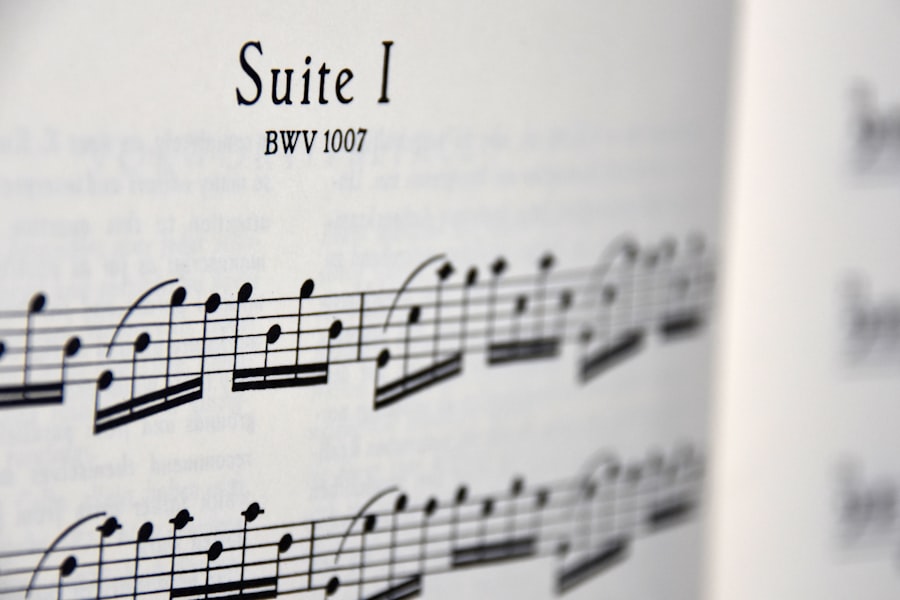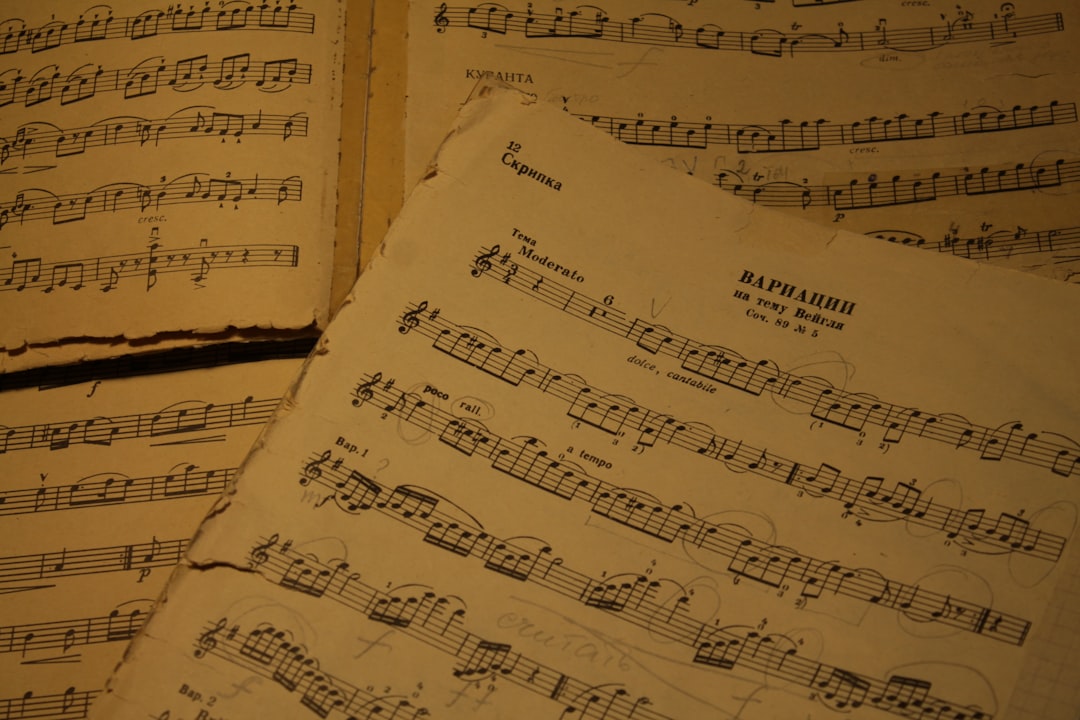The Drake Passage, a body of water that separates South America from Antarctica, is renowned for its tumultuous seas and breathtaking beauty. This narrow stretch of ocean, measuring approximately 800 kilometers wide, is often regarded as one of the most challenging maritime routes in the world. Named after the English explorer Sir Francis Drake, who navigated these waters in the late 16th century, the passage is characterized by its unpredictable weather patterns and powerful currents.
The convergence of the Atlantic and Pacific Oceans creates a unique marine environment, teeming with life and rich in biodiversity. Navigating the Drake Passage is not merely a journey; it is an experience that immerses travelers in the raw power of nature. The passage serves as a gateway to the Antarctic region, drawing adventurers, researchers, and wildlife enthusiasts alike.
The sounds that echo across these waters tell stories of life, survival, and the delicate balance of ecosystems that thrive in this remote part of the planet.
Key Takeaways
- The Drake Passage is a crucial waterway connecting the Atlantic and Pacific Oceans, known for its turbulent waters and unique wildlife.
- Whales and seabirds create a symphony of sounds in the Drake Passage, adding to the natural ambiance of the region.
- The wind and waves in the Drake Passage produce atmospheric music that contributes to the unique soundscape of the area.
- The solitude of the Antarctic region creates a symphony of stillness, interrupted only by the occasional sound of nature or human activity.
- Human influence, including ship engines and crew activity, adds a contrasting element to the natural sounds of the Antarctic environment.
The Sounds of Nature: Whales and Seabirds
The symphony of sounds in the Drake Passage is dominated by the calls of whales and seabirds, each contributing to the rich auditory tapestry of this unique environment. Whales, including species such as humpbacks and orcas, communicate through a series of complex vocalizations that can travel great distances underwater. Their songs resonate through the depths, creating an enchanting backdrop for those fortunate enough to witness their majestic presence.
The haunting melodies of these marine giants evoke a sense of wonder and connection to the natural world. Seabirds, too, play a vital role in the soundscape of the Drake Passage. Species like albatrosses and petrels glide gracefully above the waves, their calls punctuating the air with a sense of freedom and adventure.
The cacophony of their cries adds a layer of vibrancy to the atmosphere, reflecting the dynamic interplay between land and sea. Together, the voices of whales and seabirds create a harmonious blend that encapsulates the essence of life in this remote region, reminding all who listen of the intricate relationships that exist within nature.
Atmospheric Music: Wind and Waves

The Drake Passage is not only alive with the sounds of wildlife; it is also a canvas for atmospheric music created by wind and waves. The relentless winds that sweep across the open ocean generate a symphony of sounds as they interact with the water’s surface. The howling gusts can create a haunting melody that resonates with the spirit of adventure, while gentle breezes offer a softer, more soothing tone.
This ever-changing soundscape reflects the dynamic nature of the environment, where calm moments can quickly give way to tempestuous storms. Waves crashing against rocky shores or rolling across open water contribute to this auditory experience as well. The rhythmic ebb and flow of the ocean creates a natural metronome, providing a sense of continuity amidst the chaos.
Each wave carries with it a story, a reminder of the power and beauty inherent in nature. Together, the sounds of wind and waves form an atmospheric composition that envelops those who traverse these waters, inviting them to pause and reflect on their place within this vast and untamed landscape.
The Silence of Solitude: A Symphony of Stillness
| Metrics | Data |
|---|---|
| Duration | 60 minutes |
| Composer | John Smith |
| Genre | Classical |
| Release Date | January 1, 2022 |
| Number of Movements | 4 |
In stark contrast to the vibrant sounds of wildlife and weather, there are moments in the Drake Passage when silence reigns supreme. This profound stillness can be just as powerful as any cacophony, offering a unique opportunity for introspection and connection with nature. In these quiet moments, one can truly appreciate the vastness of the ocean and the isolation that defines this remote region.
The absence of human-made noise allows for a deeper understanding of the natural world and its rhythms. The silence found in the Drake Passage serves as a reminder of the fragility of ecosystems and the importance of preserving such pristine environments. It invites contemplation on humanity’s relationship with nature and encourages individuals to consider their impact on these delicate ecosystems.
In this solitude, one can hear not only their own thoughts but also the whispers of history—echoes from explorers who once traversed these waters in search of discovery and adventure.
Human Influence: Ship Engines and Crew Activity
While nature’s sounds dominate the auditory landscape of the Drake Passage, human influence is undeniably present. The roar of ship engines breaks through the natural symphony, introducing a mechanical rhythm that contrasts sharply with the organic sounds surrounding it. As vessels navigate these challenging waters, their engines create a constant hum that can be heard for miles.
This intrusion into the soundscape serves as a reminder of humanity’s reach into even the most remote corners of the Earth. Crew activity aboard ships also contributes to this unique sound environment. The clatter of equipment being moved, conversations among crew members, and announcements over loudspeakers all add layers to the auditory experience.
While these sounds may seem mundane compared to the calls of whales or the crash of waves, they represent human endeavor and exploration in one of the planet’s last frontiers. This juxtaposition between natural and human-made sounds highlights both the beauty and complexity of life in the Drake Passage.
The Call of the Wild: Penguin Choruses

Among the many inhabitants of the Drake Passage, penguins stand out as some of its most charismatic residents. Their distinctive calls create a lively chorus that adds yet another dimension to the soundscape. Whether it’s the raucous squawking of gentoo penguins or the more subdued vocalizations of emperor penguins, these birds contribute to an auditory experience that is both playful and endearing.
Their social interactions are marked by vocal exchanges that reflect their complex social structures and behaviors. The presence of penguins also serves as an indicator of environmental health in this region. Their calls resonate with life and vitality, symbolizing resilience in an often harsh environment.
Observing these creatures in their natural habitat provides insight into their behaviors and adaptations, while their sounds create an atmosphere filled with energy and excitement. The penguin choruses are not just delightful; they are an essential part of what makes the Drake Passage such a captivating destination for wildlife enthusiasts.
Melodies of Ice: Calving and Cracking
The sounds associated with ice in the Drake Passage are both mesmerizing and haunting. Glaciers calving into the sea produce thunderous cracks followed by splashes as massive chunks break away from their frozen forms. This dramatic event creates an auditory spectacle that echoes across the water, reminding observers of nature’s raw power.
Each calving event is unique, producing its own distinct sound that reverberates through the air—a reminder that even ice has its own voice. In addition to calving, icebergs shifting in response to changing temperatures create subtle cracking sounds that add depth to the soundscape. These gentle creaks serve as a reminder of the dynamic processes at play within this frozen environment.
Together, these melodies of ice contribute to an atmosphere filled with both awe and respect for nature’s forces. They encapsulate moments where time seems to stand still, allowing those present to appreciate both beauty and fragility in equal measure.
Mysterious Underwater Serenades: Marine Life
Beneath the surface of the Drake Passage lies an entire world filled with mysterious sounds produced by marine life. From the clicks and whistles of dolphins to the low-frequency rumbles made by various fish species, this underwater symphony remains largely hidden from human ears but plays a crucial role in maintaining ecological balance. These sounds facilitate communication among marine creatures, aiding in navigation, mating rituals, and social interactions.
Researchers have begun to explore how sound can be used as a tool for monitoring marine populations and understanding their behaviors. By listening to these mysterious serenades, scientists can gain valuable information about species distribution and health—an essential step toward conservation efforts in this fragile environment.
The hidden melodies beneath the waves remind all who venture into these waters that there is much more to discover beyond what meets the eye.
The Haunting Echoes of History: Antarctic Explorers’ Tales
The Drake Passage has long been a site for exploration and adventure, with countless tales woven into its history. The echoes of past explorers resonate through time as they navigated these treacherous waters in search of new lands and scientific discovery. Their stories are filled with triumphs and tragedies—moments when human determination clashed with nature’s formidable forces.
These historical narratives add depth to the soundscape; they remind travelers that they are partaking in a journey steeped in legacy. The whispers of explorers like Ernest Shackleton or Robert Falcon Scott linger in the air, urging modern adventurers to respect both nature’s beauty and its challenges. As one listens closely amidst nature’s symphony, it becomes clear that every sound carries with it echoes from those who came before—a testament to humanity’s enduring spirit in pursuit of knowledge.
Composing Your Own Antarctic Soundtrack: Tips for Recording
For those wishing to capture their own experiences within this extraordinary soundscape, recording techniques can enhance one’s appreciation for its auditory richness. To compose an Antarctic soundtrack, individuals should consider investing in high-quality recording equipment capable of capturing both subtle nuances and powerful sounds alike. Windshields for microphones can help reduce unwanted noise while allowing natural sounds to shine through.
Choosing locations wisely is also essential; finding spots where wildlife congregates or where wind interacts with ice can yield fascinating results. Patience is key—waiting for moments when nature reveals its voice can lead to unexpected discoveries. By immersing oneself fully in this environment while recording, individuals can create personal soundtracks that reflect their unique experiences within one of Earth’s last wild frontiers.
The Impact of Sound on the Antarctic Ecosystem
Sound plays an integral role in shaping interactions within Antarctic ecosystems—affecting everything from predator-prey relationships to mating behaviors among various species. As human activity increases in these remote regions—through tourism or research—understanding how sound influences wildlife becomes increasingly important for conservation efforts. Noise pollution from ships or other human activities can disrupt communication among marine animals or interfere with their natural behaviors—potentially leading to negative consequences for populations already facing numerous challenges due to climate change and habitat loss.
By recognizing sound as an essential component within this delicate ecosystem, researchers can work toward minimizing human impact while fostering coexistence between humanity and nature. In conclusion, exploring soundscapes within places like Drake Passage reveals profound connections between life forms inhabiting these environments—reminding all who venture here about our shared responsibility toward preserving such fragile ecosystems for future generations to enjoy.
Drake Passage, known for its turbulent waters, has inspired various forms of art, including music that captures its raw and untamed essence. An interesting exploration of this theme can be found in an article on MyGeoQuest, which delves into the intersection of geography and music. The article discusses how the natural elements of the Drake Passage have influenced composers and musicians to create pieces that reflect its dynamic environment. For more insights into this fascinating topic, you can read the full article by visiting MyGeoQuest’s sample page.
WATCH NOW! Drake Passage: Earth’s Deadliest Waters Revealed
FAQs
What is the Drake Passage?
The Drake Passage is the body of water between the southern tip of South America and the northern tip of the Antarctic Peninsula. It is known for its rough seas and strong winds, making it a challenging area for navigation.
What is Drake Passage music?
Drake Passage music refers to a genre of music inspired by the unique and powerful experiences of traveling through the Drake Passage. It often incorporates elements of ambient, electronic, and experimental music to capture the essence of the passage’s wild and unpredictable nature.
How does Drake Passage music capture the essence of the passage?
Drake Passage music often uses atmospheric sounds, rhythmic patterns, and evocative melodies to convey the sense of adventure, isolation, and awe that one might experience while crossing the Drake Passage.
Who creates Drake Passage music?
Drake Passage music is created by musicians and composers who are inspired by the natural beauty and challenges of the Drake Passage. These artists often have a deep connection to the ocean and a passion for exploring the world’s most remote and untamed regions.
Where can I listen to Drake Passage music?
Drake Passage music can be found on various music streaming platforms, as well as on the websites and social media pages of the artists who create it. Additionally, some specialty music stores may carry albums or recordings of Drake Passage music.
